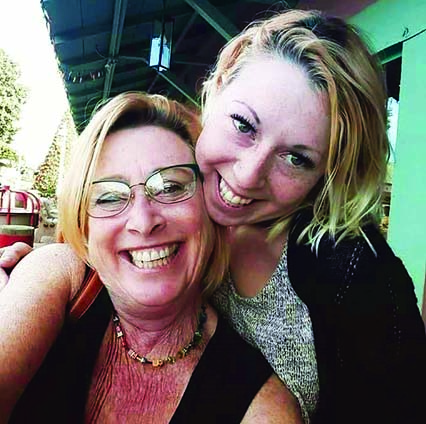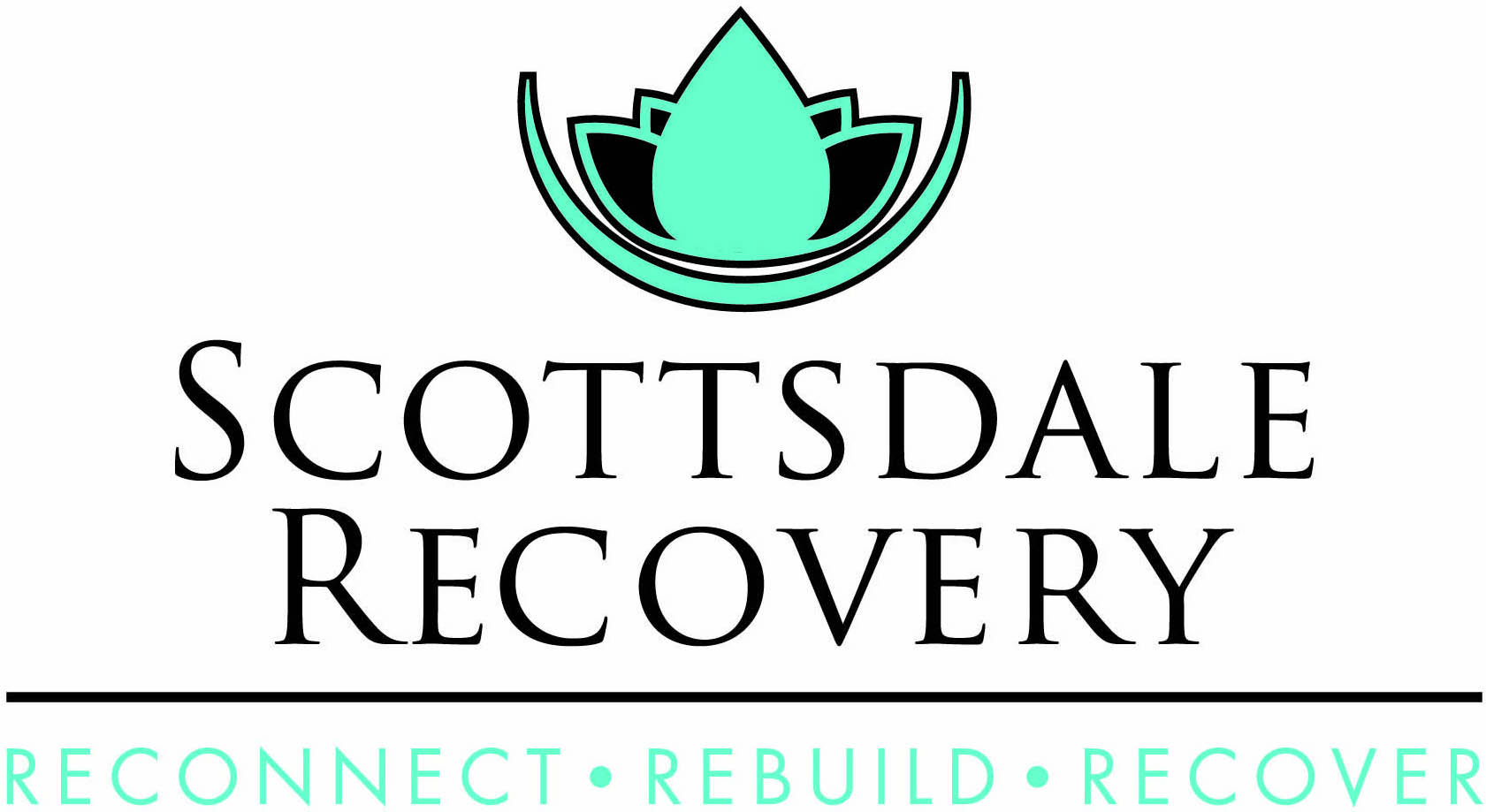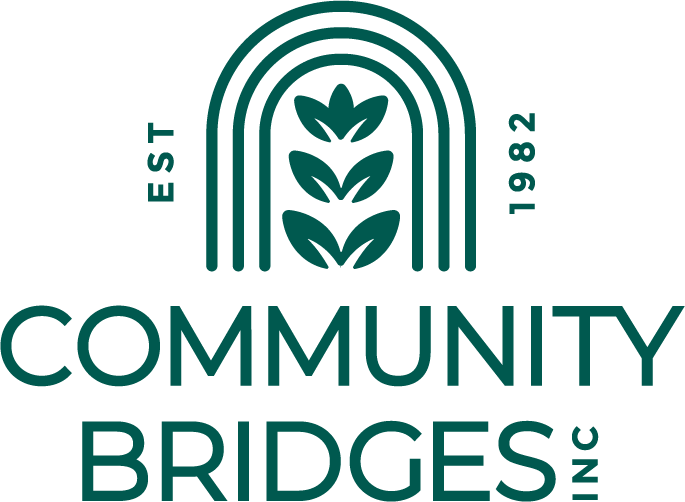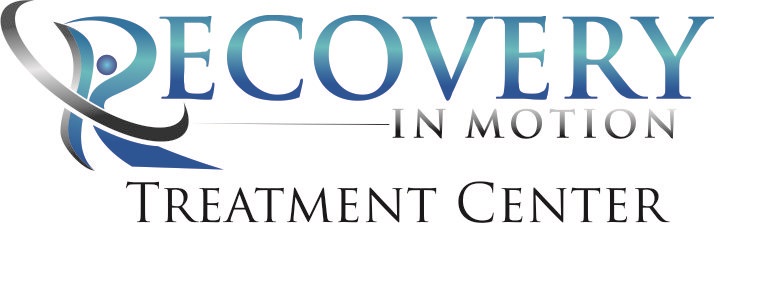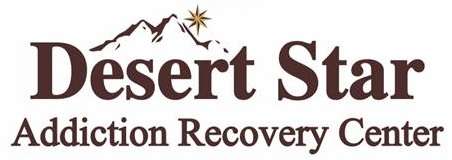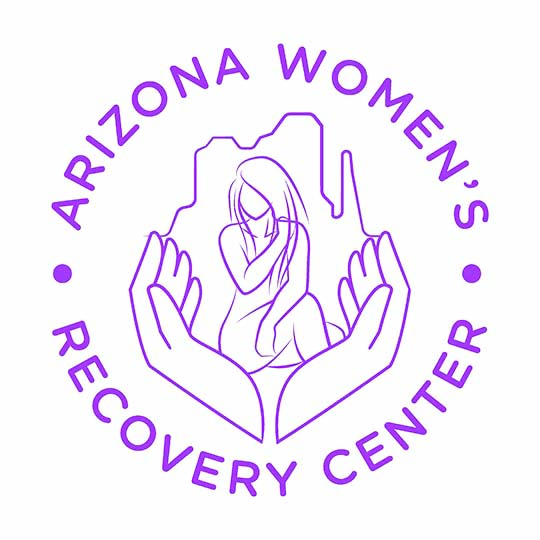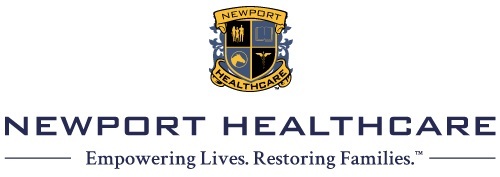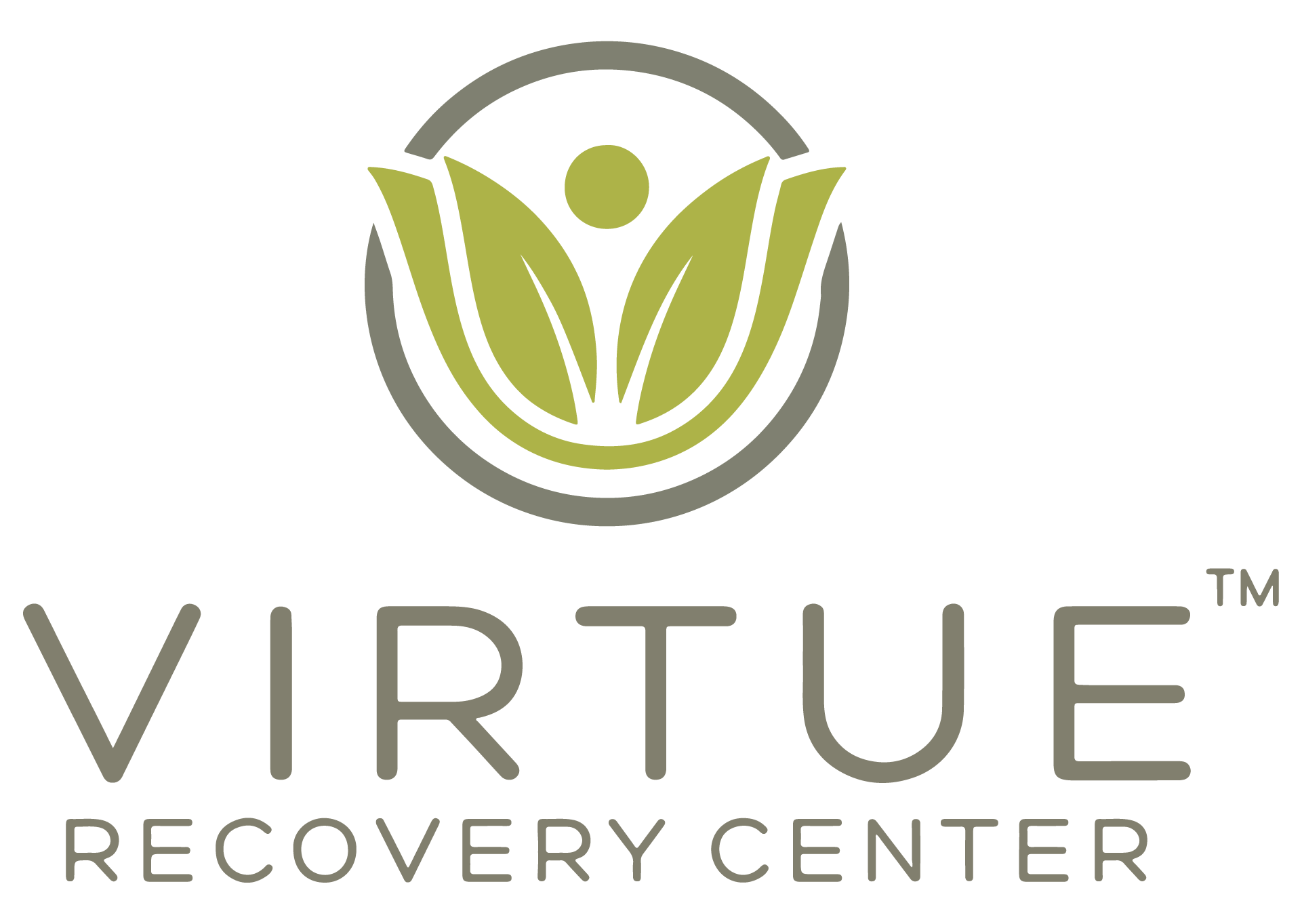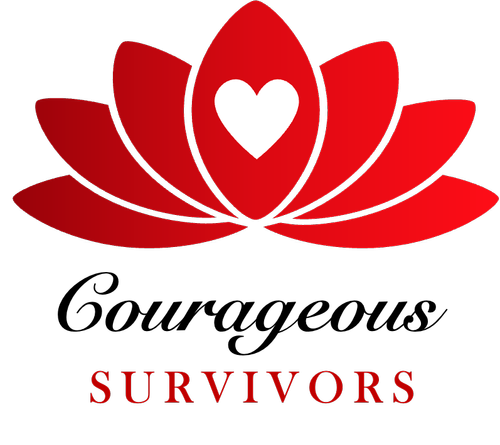The Sundance Center Appoints New Leadership Scottsdale’s Sundance Center announced the appointment of Nancy Koplow, LCSW as Regional Executive Director in the Southwest Region for Elements Behavioral Health. She will...
The Sundance Center Appoints New Leadership
Scottsdale’s Sundance Center announced the appointment of Nancy Koplow, LCSW as Regional Executive Director in the Southwest Region for Elements Behavioral Health. She will oversee operations at Journey Healing Center and The Sundance Center. Nancy has been with Elements Behavioral Health since 2013. Prior to Elements, Nancy has a rich background in marketing, outreach, clinical and operations having served as a Deputy Director at Jewish Family and Children’s Services and as the Director of Marketing for The Meadows.
In addition, Shannon McQuaid LMFT, LISAC, CDWF, CSAT-C was announced as Clinical Director and Thomas Gazda, MD as Medical Director for The Sundance Center. For more information on programs offered at The Sundance Center visit SundanceCenter.com
The Meadows offers groundbreaking workshop on Trauma
If you’re a Certified Sex Addiction Therapist, or someone who has been through sex addiction treatment, you may be familiar with the concept of the trauma egg, which was developed by Marilyn Murray as a tool for treating emotional trauma. Along with The Circles of Intimacy, The Scindo Syndrome, and The Survival Bricks, it makes up what’s known as The Murray Method.
The Murray Method Workshop is designed to help participants better understand the effects of trauma and abuse on individuals, their personality development, and their families, and will also help participants understand how to effectively treat patients who struggle with behavioral issues, addictions, and other disorders as a result of unresolved trauma.
Participants will complete a trauma egg of their own and learn about therapeutic interventions for effective treatment of trauma-based mental health issues. This workshop is geared primarily toward mental health professionals, but all are welcome to attend. Continuing Education is available available for those who complete the course. Workshop date is April 14-17 at The Meadows Outpatient Center, 19120 N. Pima Road, Suite 125, Scottsdale, 85255. Call 800-244-4949 to register or visit www.themeadowsiop.com/events.
Advocates Debate Plan to Ease Privacy Rules for People Treated for Addiction
A proposal that would allow patients being treated for addiction to consent to disclose their records to the healthcare system affiliated with their provider is spurring a debate about privacy, according to NPR.
The proposal, from the Department of Health and Human Services, would update current privacy guidelines, which last received a meaningful revision in 1987.
Advocates on both sides agree protecting privacy of people being treated for substance use is very important. If the information becomes public, a person’s work and family life may be affected. The revelation may have legal consequences, including arrest, prosecution and jail. Some people may avoid seeking help out of fear.
Proponents of the change say existing privacy rules are too unwieldy for today’s healthcare system. Currently, doctors are not allowed to disclose treatment information unless the patient gives consent to release it to another specific provider. Under the proposal, patients could give their consent to disclose their records to the healthcare system or accountable care organization affiliated with a provider.
Dr. Wanda Filer, President of the American Academy of Family Physicians, says if all of a patient’s providers do not have relevant information about their treatment, it can harm their health. For instance, if a person is taking methadone to treat their addiction to heroin, their doctor may need to adjust their dose of antidepressant or anxiety medication.
Some patient advocates say the privacy rule changes are too sweeping. Jim Pyles, an expert on patient privacy who has represented the American Psychoanalytic Association on this issue, told NPR that under the proposal, anybody throughout the system can get access to patient substance use treatment records. “When the patient is at their most vulnerable time, it gets them to sign … this very general consent form,” he said.
Senate Overwhelmingly Passes Comprehensive Addiction and Recovery Act
The U.S. Senate voted 94-1 to pass the Comprehensive Addiction and Recovery Act (CARA). The New York Times reports the measure authorizes funds for various drug treatment and prevention programs for a wide range of people, including those in jail. Dozens of senators came to the Senate floor to praise the bill.
CARA expands prescription drug take-back programs and establishes monitoring to prevent over-prescribing of opioid painkillers. It would expand the availability of medication-assisted treatment, including in criminal justice settings, and would support treatment as an alternative to incarceration. The measure also calls for training and equipping first responders on the use of the opioid overdose-reversal drug naloxone.
“This is big and significant,” said Marvin Ventrell, the Executive Director of the National Association of Addiction Treatment Providers. “It had legs and interest because of the opioid crisis that has hit Middle America.”
The fate of a companion bill in the House is uncertain, the article notes.
Earlier this month, the Senate voted against an amendment to CARA that would have added $600 million in funding. Senate Republicans argued there are potentially hundreds of millions available for CARA as part of the omnibus spending bill passed in late 2015.
CARA calls for spending as much as $80 million on treatment, prevention and recovery. It does not include actual funding, which would have to come through an appropriations bill.
In early March, the Obama Administration voiced concern over the lack of funding in the bill.
House Bill Aims to Protect Babies Born to Mothers Who Used Opioids in Pregnancy
A measure designed to protect babies born to mothers who used opioids during pregnancy was introduced in the U.S. House, Reuters reports.
The House bill would require federal and state governments to better monitor the health and safety of babies born dependent on opioids. States would be required to report the number of infants identified each year as born drug-dependent, and the number for whom plans of safe care are developed.
“We see the damage of substance abuse across all segments of our society, but perhaps the most tragic cases involve newborns who enter the world defenseless against the addictions they were born with,” bill sponsor Representative Lou Barletta of Pennsylvania said in a statement. “It is a sad reality in this country that a baby is born addicted to opioids every 19 minutes. We must do everything we can to safeguard the most vulnerable among us and ensure they will be well protected and cared for.”
A Reuters investigation last year found 110 cases of children who were exposed to opioids while in the womb and who later died preventable deaths at home. No more than nine states comply with a 2003 law that calls on hospitals to alert social workers whenever a baby is born dependent on drugs, Reuters found.
Earlier this month, Health and Human Services Secretary Sylvia Burwell said the department is taking a more proactive approach to enforcing a federal law that requires states to report and protect drug-dependent babies. Speaking at a congressional committee hearing, Burwell said, “Specific actions are being taken where we have found there is wrongdoing.” She did not provide details of the plan.
Drug Overdose Epidemic Spreads Across America
The epidemic of drug overdoses in the U.S. has reached crisis levels, according to newly published data from the County Health Rankings & Roadmaps project. A map shows the spread in per-capita drug overdoses from 2002 to 2014, the most recent year for which data is available from the Centers for Disease Control and Prevention (CDC).
Because it’s difficult to determine the number of overdoses in small-population counties, the figures represent the CDC’s statistical estimates for lethal overdoses in every county. In some cases, this undercounts fatalities, since the model tops out at “over 20 deaths per 100,000 people” when, in fact, a handful of outlying counties have figures much higher than this. But even though the estimates are flawed in some places, there’s enough hard data to show that regional epidemics, like that in the Appalachia region, for instance, began at an epicenter and spread rapidly to neighboring counties and states.
Maricopa County, AZ had over 20 lethal overdoses in 2014, according to CDC estimates.
Most of the media coverage of this crisis has focused on spiking levels of heroin addiction, particularly in the Northeast. Several presidential hopefuls have also tackled the subject, and President Obama has included over $1 billion in his budget proposal for combating heroin and opioid abuse.
A deeper dive into the figures, however, suggests that opioid abuse does not alone account for the dramatic increase in overdoses. While accidental deaths from recreational drug use are unquestionably on the rise, the topline figures encompass a wide variety of substances, from antidepressants and stimulants to street drugs to hormones and antibiotics.
CountyHealthRankings.org, which is a joint venture between the University of Wisconsin Population Health Institute and the Robert Wood Johnson Foundation, reports figures that include accidental overdoses as well as suicide through intentional drug poisoning and cases where the intent of the victim was unclear. Bridget Catlin, the co-director of the project, says this is the industry standard for measuring fatal overdoses.
Catherine O’Leary, managing director for the professional services firm KPMG, notes that not all drug overdoses fit the common image of junkies who went too far. “If a grandmother takes her prescribed heart medication incorrectly and dies, it gets lumped together with a drug overdose,” she says. Unfortunately, there is no obvious distinction in the way these deaths are reported, so it is not easy to tease out the difference between accidental misuse of legitimate prescriptions versus recreational use of drugs like heroin or cocaine that end tragically.
There are some simple ways to curb these deaths, Catlin says—including to make sure emergency personnel are trained in the administration of Naloxone, which can reverse the effects of an opioid overdose before the patient dies—but an epidemic with this many faces will require just as many solutions. (source TIME).
Gila River Indian Community Seeking Better Care For Military Veterans
The Gila River Indian Community and Gila River Health Care filed suit in the Federal District Court of Arizona, on March 22, to ensure that Veterans who are eligible for health care services through the federal Veterans Administration and through Community health care programs have access to all of the health care options and choices that they are entitled to under the law.
On March 23, 2010, the Patient Protection and Affordable Care Act (the “ACA”) was signed into law by President Obama, and included specific provisions designed to improve health care access, delivery and choice for veterans, by requiring the VA to reimburse Indian tribes for Veterans who choose to receive service at a tribal health care facility.
“….They risked their lives for us, and providing quality health care is the least we can do for them.”
Stephen R. Lewis, Governor of the Gila River Indian Community, said: “Access to quality health care is critical for every veteran who has served our Country. It is a shame that the Community has had to file a lawsuit against the VA in order to make sure that veteran care is fully reimbursed under the law. Through this lawsuit we hope that we can secure the ability to provide more services for Veterans who choose to receive their care through Gila River Health Care. Every veteran deserves quality health care. They risked their lives for us, and providing quality health care is the least we can do for them.”
The ACA is clear that if an eligible Veteran chooses to receive health care services through an Indian tribe or tribal organization, the VA must reimburse the cost of the services provided. This requirement is a key to ensuring that eligible Veterans will have the health care choices they are entitled to. Despite the plain and mandatory language of the ACA, the VA has refused to provide reimbursements called for under the ACA, unless Indian tribes and tribal organizations agree to conditions and limitations that are not prescribed by law.
Because of the VA’s refusal to follow the law and their insistence that tribes waive their legal rights in writing, the Gila River Indian Community has decided to seek enforcement of these legal rights in Federal Court.
SAMHSA Announces Leadership Selections
SAMHSA (Substance Abuse & Mental Health Services Administration) announced Daryl Kade has been named as the Director of the Center for Behavioral Health Statistics and Quality (CBHSQ) and Monica Feit, Ph.D., as Director of the Office of Policy, Planning, and Innovation (OPPI). Ms. Kade and Dr. Feit were already serving as Acting Directors of CBHSQ and OPPI, respectively.
As director, Ms. Kade will be responsible for the leadership, management, and operations of the Center’s 88 staff and a significant portfolio of data collection and analytic contracts. CBHSQ provides national leadership in behavioral health statistics and epidemiology, participates with other federal agencies in developing national health statistics policy, and consults and advises SAMHSA’s leadership and the Secretary of Health and Human Services on statistical matters.
As the OPPI Director, Dr. Feit will lead and manage the office that provides leadership on cross-cutting policy issues at SAMHSA and with external stakeholders. Dr. Feit brings with her a broad range of knowledge related to public health and health policy—her professional experiences will help ensure OPPI is well positioned to assist SAMHSA in policy formulation and implementation. SAMHSA.gov
